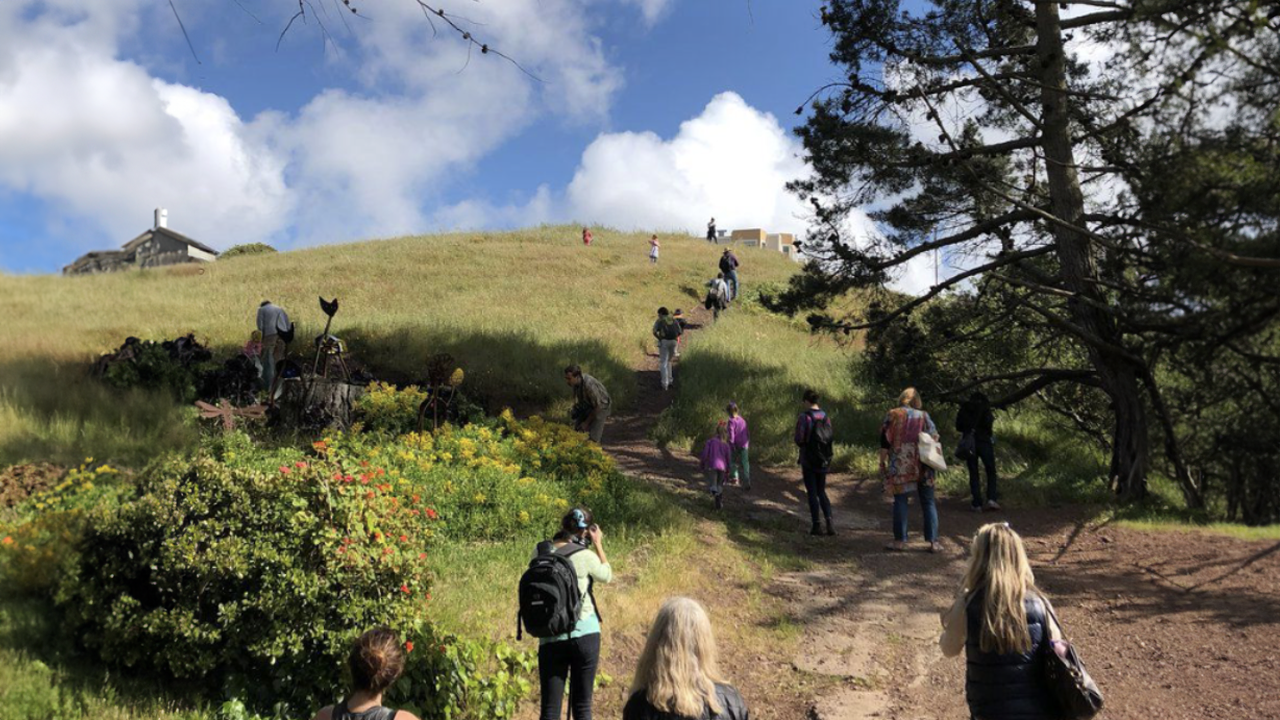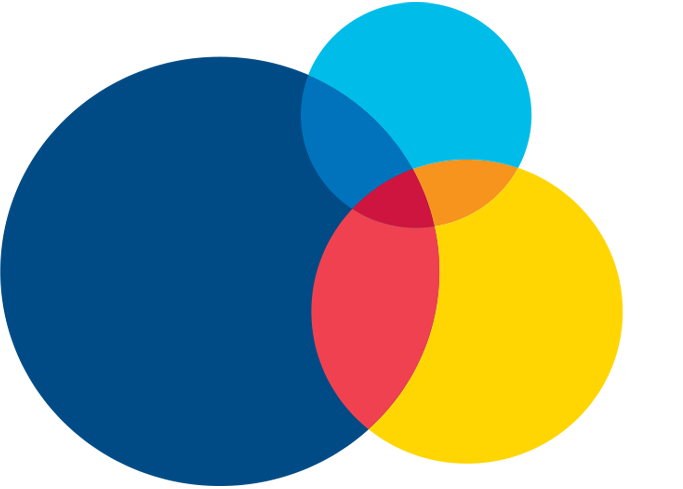
Essential Tips for Collaborative Grant-Writing with Community Partners
If you can get a shot of adrenaline from reading a request for proposals — as you wade through pages and pages of stodgy, jargon-laden, and confusing text — then perhaps being a university research center director is for you. As the Executive Director of the Center for Community and Citizen Science at UC Davis, finding and responding to grant opportunities is a big part of my job. Most of the time, I have to fully fund my own position through grants. When I tell people this, they often groan in sympathy – 'grant-writing is the worst!' And yes, it is hard, but it can also be exciting.
Grant-writing doesn't just keep me employed; it is the engine that drives collaboration with our many partners and makes that work real. We are always exploring and building partnerships with teachers, non-profit workers, scientists, community groups, and government agencies, looking for new ideas about how science can meaningfully involve non-professionals. But until we can find funding, those new ideas remain aspirational and hypothetical. That's where the adrenaline comes in. For me, encountering a new proposal opportunity means a chance to get concrete about what we can really do with our partners – to distill from aspirational conversations the nugget of what's important and exciting about our collaboration.
Writing a grant proposal with partners from outside the university raises particular challenges. Here I'll share advice and guidance, based on my experiences at the Center for Community and Citizen Science, and some ideas about how the University can better support this practice.
1. Understand the Dynamics of Collaboration
Collaborative grant-writing is like solving a Rubik's Cube, where each turn affects the position of other pieces. The challenge is to align the interests, priorities, and requirements of the University, researcher, community partner, and funder simultaneously. Even with an established long-term partnership, the addition of the funder’s priorities and requirements adds new dynamics into your relationship.

2. Prioritize Frequent Communication
At the heart of the grant-writing process is an iterative cycle of planning, budgeting, scoping, and writing. It's a nonlinear journey that requires patience, flexibility, and open communication. To navigate this, meet often! These meetings provide a space to:
- Clarify collective goals and individual responsibilities
- Identify and address hidden assumptions or misunderstandings
- Discuss budget realities and make necessary adjustments
- Refine the project scope to ensure it's feasible, competitive, and meaningful to partners
- Review and revise the proposal drafts collaboratively
Frequent and deliberate communication is the glue that holds this process together. Through open, honest dialogue and actively listening to each other's perspectives, partners can build trust and a shared sense of ownership in the project.

3. Protect Partner Leadership and Voice
Writing a grant with your non-university partner requires a challenging balance. On one hand, you want to support the interests and priorities of your community partner. This may mean, for example, positioning them as leaders in the project, ensuring their voice comes through in the grant proposal, or developing a project scope that helps them build new capacity. On the other hand, you must avoid over-burdening them with unfair or misplaced expectations, both in the grant-writing process, and in the details of the project you are proposing together. In one sense, you are trying to maximize the benefits of working with a university, while also protecting them from the university, and the sometimes-perverse incentives of the academic system. This all turns on trust, mutual understanding, and, as mentioned above, frequent communication.
4. Choose the Right Partnership Structure
One key consideration is the partnership structure itself. While a subaward arrangement can lend legitimacy to the partner's role and make the proposal more competitive, it also comes with increased administrative responsibilities that may stretch a partner's capacity. A contract might be simpler but could position the partner as more of a vendor of services, than as a co-leader.
In deciding on the appropriate structure, it's important to engage in candid conversations with partners about their interests, capabilities, and competing priorities. Aligning the partnership structure with the partner's level of engagement and resources will set the stage for a more sustainable and equitable collaboration, once the grant is funded.
5. Discuss the Writing Process Itself
Supporting partners throughout the grant-writing process is another critical aspect. This starts with establishing shared expectations about roles and responsibilities, particularly when it comes to writing the proposal itself. Will the partner be an advisor, a co-writer, or an approver? Clarity on these expectations, along with guidance on budget development and other administrative requirements, can help ensure that partners feel valued and equipped to contribute meaningfully.
Budget development can be especially challenging in collaborative grant-writing. It's important to discuss each partner's financial realities, indirect cost policies, and compensation structures early on. However, it's equally important to approach the project plan and associated costs with flexibility. A key aspect of this is being open — especially at the early stages — to adjusting the scope and activities of the project. It may be that the activities on the scope make sense, but result in a budget that feels inequitable. The goal is not just to propose good work, but to find a budget balance that is fair, reasonable, and supports each partner's needs and goals. Think also about how the budget can be flexible, as new challenges and opportunities arise during the project.
6. Navigate Institutional Barriers Together
In focusing on the University’s leadership in engaged scholarship, we understandably tend to look at the exciting outcomes of individual projects. But behind each project is a story about how those partners worked together, built trust, and navigated considerable administrative complexity to get that work done, in an academic culture that does not incentivize such work. A true institutional commitment to engaged scholarship means smoothing that path, and providing many kinds of navigational support. This “collaborative infrastructure,” of the university – every bit as important as the physical infrastructure that is so much easier to see and value, can take many forms. Grant-writing with non-university partners requires us to build that infrastructure within ourselves, and the institution.
Additional Resources
As part of my work with the Public Scholarship Faculty Fellows Program, I've created a slide deck that lays out the various aspects of collaborative grant-writing. Based on personal experience with many kinds of partners and partnership structures, this resource provides a roadmap for navigating the complexities of writing grant proposals with non-University groups.
I've also developed a template designed to guide partners through the extensive paperwork associated with subawards. This template represents a small step towards the kinds of concrete support that can benefit researchers at the University who are embarking on collaborative projects with external partners.
We need more of this kind of support, building toward an ecosystem of policies, personnel, and programming advancing community-engaged research at UC Davis. Beyond resources, training, and support from skilled staff, we also need to address institutional policies and procedures that can hinder meaningful collaboration, in spite of rhetoric about public scholarship and engagement.
You can access the slide deck and the Google Doc template here.
Closing Thoughts
There’s no avoiding the fact that collaborative grant-writing is really hard. From navigating competing interests and institutional barriers to fostering trust and equity in partnerships, the process requires dedication, flexibility, and frankly, a lot more work than more traditional modes.
But the potential benefits of collaborative grant-writing are considerable. Bringing together diverse expertise, resources, and perspectives can catalyze new kinds of learning, understanding, and working, which benefits us as professional academics, and creates lasting impact in the communities we serve.
────
Authorship Note:
In the writing process I worked with the Claude AI chatbot, tasking it with summarizing a slide deck, and then going back and forth on text at both the outline and drafting stages. Though all of the ideas substantive here are mine, I feel I have to give Claude some portion of the credit for how they are expressed. It was a useful experiment, and I emerged with a stronger sense of the current strengths and limitations of these tools as writing aids. I’m not sure if I would do it again, not least because of the murky position I now found myself in with respect to authorship!
